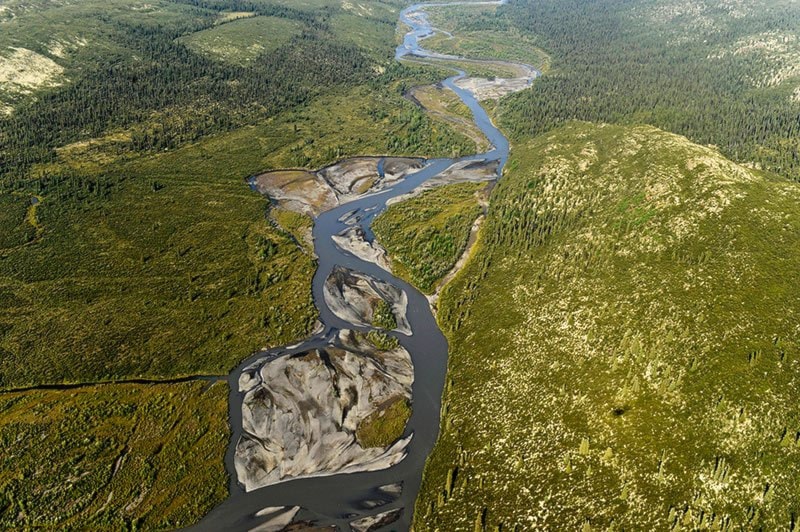The case surrounding the future of the Peel watershed has been heard by the Supreme Court of Canada.
Both sides presented their arguments in Ottawa March 22. The judges reserved their decision, meaning it will likely be months before any final ruling is made.
According to the most recent statistics, in 2016, it took the court an average of 4.6 months to issue a ruling after hearing a case.
Audience members at the hearing filled the Supreme Court gallery and many watched from an overflow room.
Conservation groups also broadcast the hearing in Whitehorse and a handful of communities so people could get up in the early morning hours and watch the event live.
The Peel watershed covers about 68,000 square kilometres of mostly undisturbed wilderness.
The process for land use planning in the territory is laid out under the First Nations’ Umbrella Final Agreement.
The case of the Peel has been in front of the courts for years, after the Yukon government released its own plan for the Peel that nearly inverted the 80 per cent protection that was recommended by a land use planning commission.
“Behind it all lies the future of the Peel and as well the vindication for the First Nations of the Umbrella Final Agreement they signed in 1993,” said Thomas Berger at a press conference after the hearing.
The Aboriginal law pioneer was hired by environmental groups, the Vuntut Gwitchin and Tr’ondëk Hwëch’in First Nations and the First Nation of Nacho Nyäk Dun.
The main question the top court will have to answer is how far back in the process should planning for the Peel go after the Yukon government didn’t hold up its end of the deal laid out in the Umbrella Final Agreement.
The First Nations are arguing that an earlier court of appeal decision, which would allow the Yukon government to go back and make changes to the recommended plan as long as it properly consults with everyone, is tantamount to a “do-over” for the government and goes against the meaning of the agreement.
“Protecting the integrity of our agreements is something that we need to do to ensure that our future generations have a positive legacy from our modern-day treaty agreements,” said Tr’ondëk Hwëch’in Chief Roberta Joseph.
Yukon Premier Sandy Silver, whose government has promised to implement the final recommended plan for the Peel provided the court doesn’t prevent it, was in Ottawa.
Silver attended a water ceremony before the case started but wasn’t in the courtroom to hear arguments.
“Anything that gets us closer to being able to get back on track on land use planning, that’s a success story. It’s too bad that we got here, it’s too bad it has taken us so long to get here,” he said.
Once the final decision is made, both sides will have a better idea of what happens next. At this point it’s not clear if the government will have to reconvene another planning commission or if the commission would have to include the same people who were on it originally.
There’s also no word on how much the process has cost taxpayers. At the end of each stage the government has released how much it spent on the Outside lawyers who have been working the case.
After the court of appeal decision, the total bill for the case up to that point sat at nearly $286,000. It’s too soon to say publicly how much the Supreme Court of Canada case has cost, according to the Department of Justice.
“Unfortunately, until the decision is handed down, this matter is still before the courts and we won’t have a final figure to share until after that takes place,” spokesperson Tyler Plaunt said.
The First Nations and environmental groups have not said how much money they’ve spent.
Contact Ashley Joannou at ashleyj@yukon-news.com
